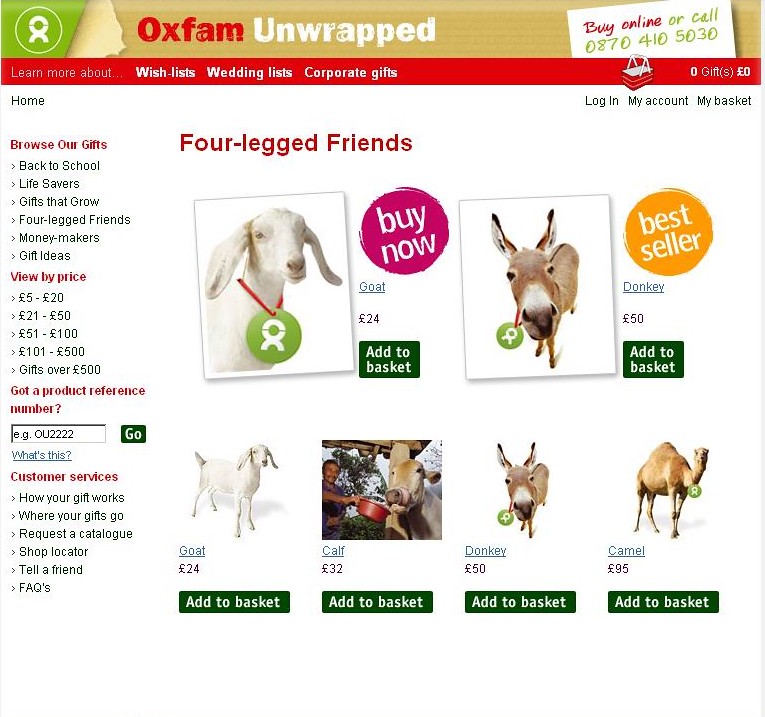
What is dynamic pricing?
Odds are, if you’ve ever ordered a taxi during rush hour or booked a peak-time delivery slot for your online shopping, you’ve experienced the effects of dynamic pricing.
But as a business stakeholder, you know that the right pricing strategy can mean the difference between success and failure.
Dynamic pricing is a great way to not only capitalise on your existing customer base but also attract new customers to your business.
So, how exactly do you go about implementing a dynamic pricing strategy?
In this article, we explore dynamic pricing, its pros and cons, and help you understand how to make it work for your ecommerce brand.












